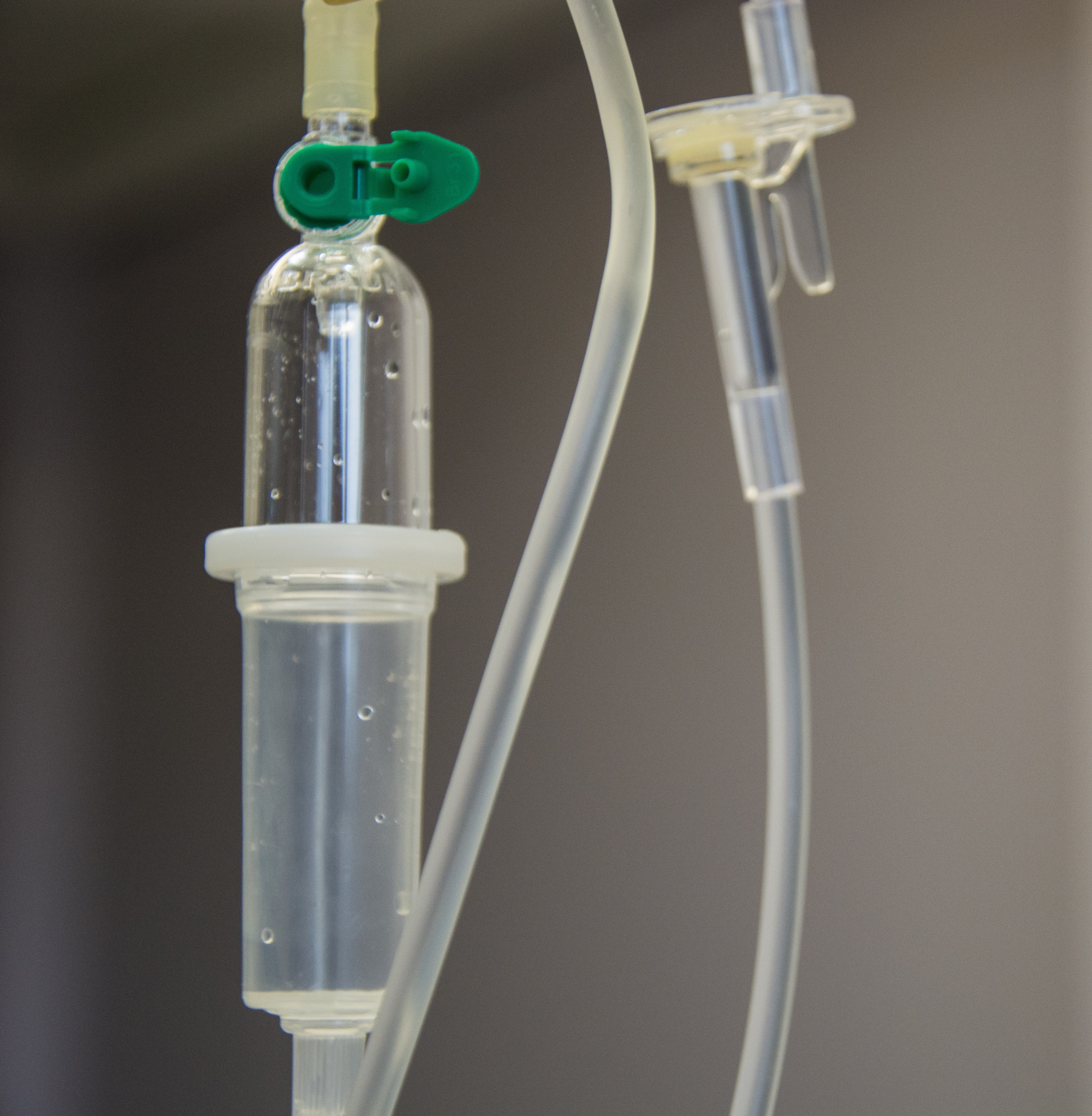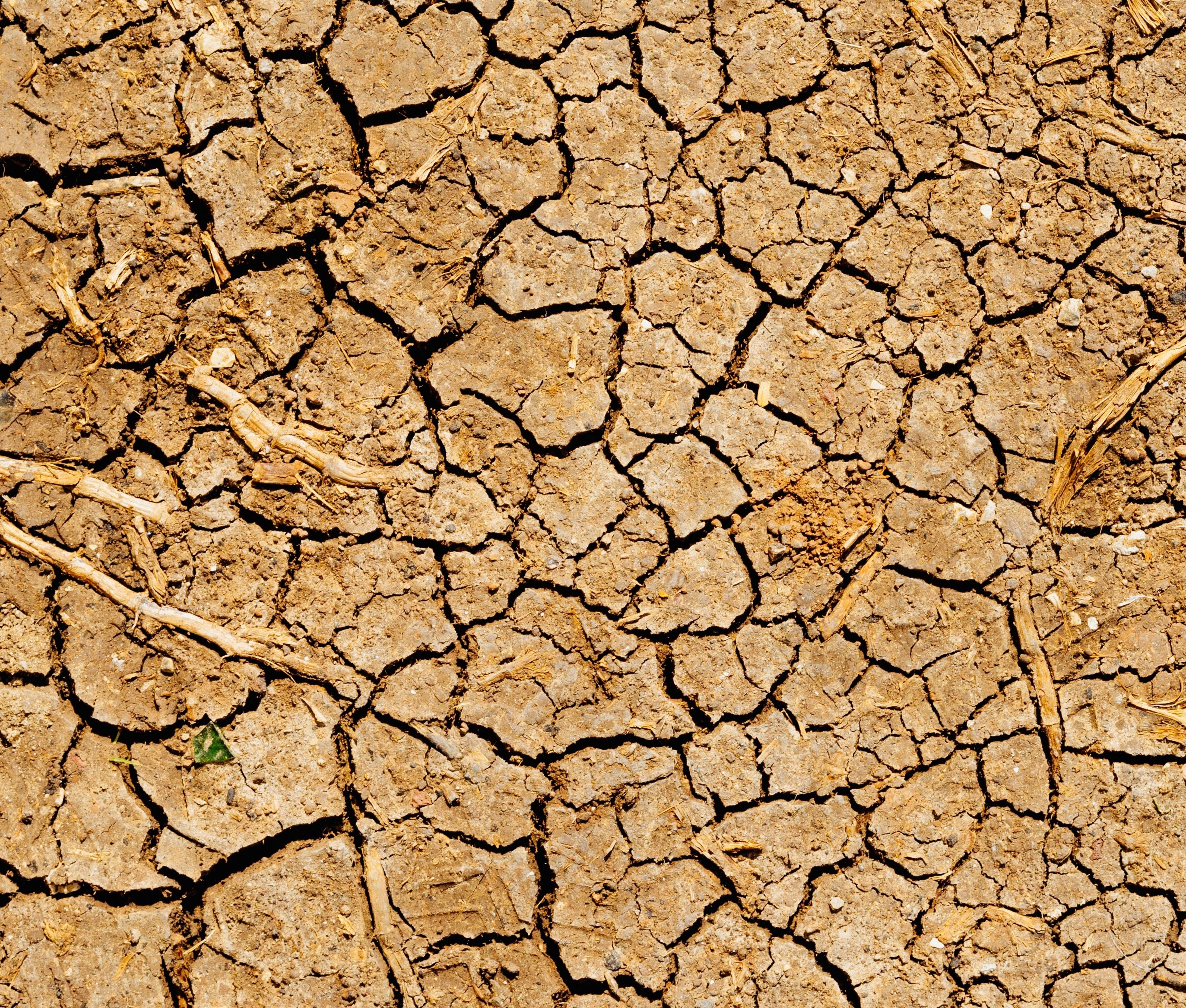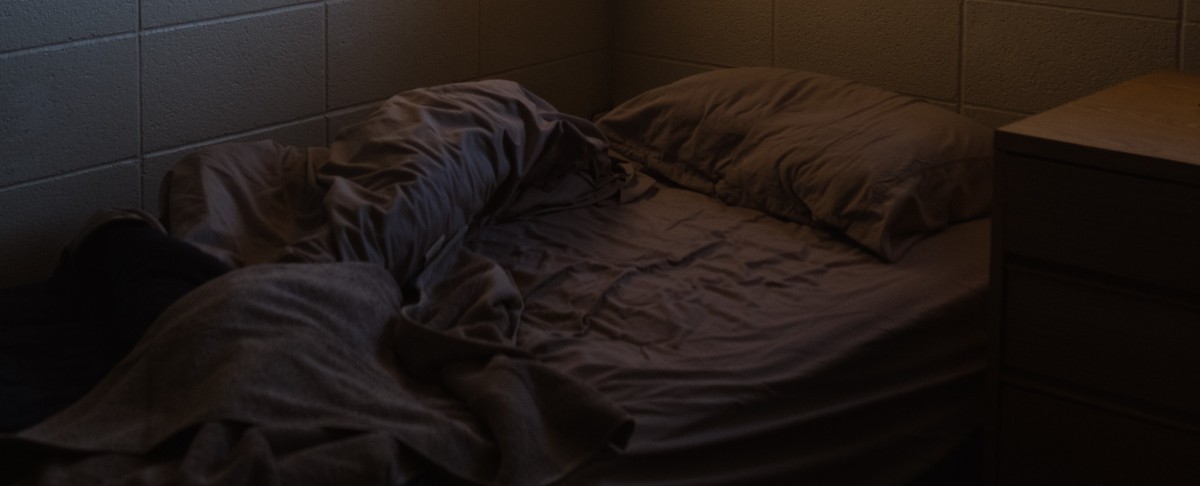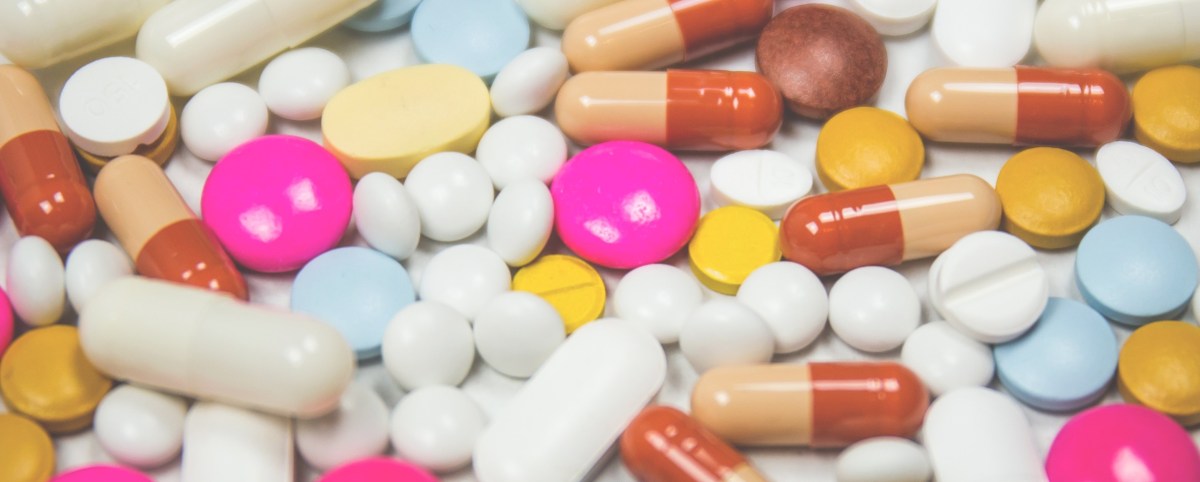IMPORTANT: The effects of chemotherapy vary from drug to drug and patient to patient. My side effects may be very different from what others experience. If you are about to start chemo, please consider not reading this post, as I do not want to cause you unnecessary anxiety. You have the right to enter into treatment without fear or preconceived notions that may be irrelevant to your situation! Instead, read THIS.
~~~~~~~~~~~~~~~~~~~~~
This is one of those “if you wanted to know but were afraid to ask” posts. It’s not meant to scare anyone. Chemotherapy has a frightening reputation, but often what really unnerves us are the unknowns. I took a lot of notes on my treatment experience and wanted to share these in case anyone was curious. This is a much longer post than usual, so kudos to anyone who gets to the end!
~~~~~~~~~~~~~~~~~~~~~
Today, April 27th, marks the two-year anniversary of my very first chemotherapy infusion for treating my triple-positive breast cancer. I was told that the first chemo was often a shock to the system and could be exceptionally hard on the body. This was true for me — sort of — because the nature of the side effects changed from one infusion to the next. My reaction to the first infusion resulted in the greatest variety of effects, a number of which didn’t significantly reoccur with subsequent infusions, even though fatigue became much worse by my sixth and final chemo session.
In addition, when I started I was not prepared to manage all the side effects effectively, whereas with later infusions, I knew better what to expect. I was most fearful of nausea as I had been warned that if I started vomiting it would be difficult to stop and might necessitate a trip to the Emergency Room. This was not a comforting thought. I was prescribed anti-nausea medications but even they had side effects, so I resisted taking them. Eventually, as mentioned in a previous post, I switched to CBD and it provided enough relief without any noticeable side effects, calming my fears. I was grateful that I lived in a state where it was freely available.

My 4-hour-long chemo infusion session consisted of :
1) Herceptin
2) Benedryl & steroids
3) Taxotere
4) Carboplatin
This was in addition to steroids that I had to take starting from the day prior through the day following the infusion. That’s a LOT of medication for someone who was unaccustomed to taking drugs at all! Because of this, I can’t say my side effects were all attributable to the chemo drugs themselves, so this should be considered a run-down of the entire “chemo experience”.
4/27/2017:
This was the day of my first chemo infusion at my cancer center, following check-in and bloodwork. I received my I.V. seated by the nurses’ station so they could watch for adverse reactions, but I tolerated the infusion well. There were no acute side effects except sleeplessness from the steroids. I was off to a promising start!
4/28/2017:
I returned to the cancer center for a Neulasta injection (stimulated white blood cell production, which took a hit from chemo) and took Claritin (anti-histamine) prophylactically as it helped with potential bone pain from the Neulasta. No nausea, but I noticed that my stomach felt better if I ate more frequently. Finished up my last steroids but they were still affecting my sleep.
By that evening, things were looking surreal, like I wasn’t completely here.

4/29/2017:
My stomach started feeling funny, particularly towards the end of the day. I still wasn’t sleeping well, and I had difficulty standing in place. And that afternoon I made what ranks as one of the biggest mistakes of my life: for dinner, I ate an entire package of Palak Paneer (Trader Joe’s). It was Indian food made with spinach, paneer cheese and spices. I was hungry, yes, but it was a foolish move. I would pay for it.
Shortly after dinner, I was overtaken by a wooziness and began regretting my dinner choice. After some fearful indecision, I took an anti-nausea pill (ondansetron) and propped my head up in bed.
4/30/2017:
Things started to get serious. My energy levels were dropping, and by the evening my stomach was on fire. I felt like I’d been hit by a truck. Putting my head down made me feel sick so I tried to sleep sitting up in bed.
That night was horrible. I took two different anti-nausea medications (four hours apart), but confused their order, so the pill I took first, I should have taken second (prochlorperazine, an anti-psychotic (!) drug with anti-nausea properties). Ho ho ho. Yeah, don’t do that. My dreams were colorless with a gritty texture, like someone had smeared coffee grounds on them. My nausea didn’t improve and I paced back and forth in the living room until enough time had passed so I could take the ondansetron pill that I should have taken first. Death was looking like an attractive alternative.
5/1/2017:
I was deep in the “real” side effects by now. I had severe fatigue and a woozy stomach, no appetite, bone pain and headache (probably because I couldn’t get coffee down). Most of this day was spent in bed. I tried taking CBD to help with the nausea, since I was getting constipated from the chemo and anti-nausea meds. I got the dosing wrong on the CBD, fell asleep, waking with a gasp because I thought I’d stopped breathing. Disconcerting, to say the least. For the record, I figured the dosing out by my second infusion.

5/2/2017:
My fatigue was starting to improve and my appetite was coming back, but my stomach couldn’t handle food (fun fact: chemo made the lining of my GI tract slough off). It was a frustrating situation: I was hungry but unable to eat. My throat felt raw and my skin was getting chapped. The inside of my mouth was drying out and it felt like there was gunk on my teeth even after brushing them.
Warning, TMI! I, the multi-decade vegetarian, was officially constipated. This was a miserable feeling. It took an hour of straining on the toilet to finally produce a post-chemo bowel movement, at which point I decided that I’d rather starve than go through that again. With subsequent infusions, I was able to tweak my diet and avoid a repeat. I can’t imagine going through this on a regular basis!
5/3/2017:
Finally! I got a good night’s sleep, although could have used a few hours more. My lips were severely chapped and my throat felt so swollen that swallowing was difficult. I tried eating crackers but as tender as the inside of my mouth was, it felt like I was chewing glass. Luckily, a salt-and-baking soda mouth rinse provided a little relief to the soreness. There was a lot of gunk on my teeth, probably because my GI tract was in rough shape and I was experiencing reflux.
5/4/2017:
This was my first day back to work following the infusion. The intense chemo fatigue had let up, but my throat was still sore, mouth raw and lips chapped. I was getting nosebleeds. I had a huge headache in the morning, but it eased after eating, which still required very soft and bland foods.
5/5/2017:
There was noticeably less mouth and throat pain. Still had a headache and chapped lips along with an itchy scalp. By evening my saliva had a strong bitter taste, making food less palatable.
5/6/2017:
My tongue stuck to the roof of my mouth overnight! Overall, my mouth and throat were feeling better and it was easier to swallow, but my skin was very dry and itchy, and my scalp tingled. Still, I was feeling much more normal, except that my saliva was still unpleasantly bitter.
5/7/2017:
Skin and lips were still chapped and I was having nosebleeds, but it was easier to eat crunchy foods. My saliva was still bitter but it didn’t seem as bad when I was eating. Swallowing was getting easier to do without feeling like I was taking air into my stomach, something that I realized had caused a lot of discomfort in previous days.
5/8/2017:
Most of my energy had returned. My skin and lips were dry and irritated and I had a runny nose in addition to nosebleeds. Now my mouth was able to handle carbonated drinks along with a more normal diet full of crunchy veggies. This was the first day that I was able to do a workout with weights, even though I had to keep it light.
5/9/2017:
Lips were still chapped and the inside of my mouth stuck to my gums at night. But finally I was able to eat spicier foods and the taste of my saliva had significantly improved. I was continuing to have sleep issues but I’m unsure if this was a leftover side effect or just a general reaction to the anxiety associated with cancer treatment.
5/10/2017:
Still chapped lips and dry mouth, but now I could eat whatever I wanted to with no discomfort.
5/11/2017:
My nose was bleeding much less, but — surprise, surprise — my hair started falling out. As a matter of fact, it was falling out on schedule, as I’d been told to expect hair loss about two weeks following my first chemo. So much for escaping that side effect.
5/12/2017:
Hair was coming out more rapidly. It probably wouldn’t have been noticeable to a bystander, but when I ran my fingers through it, I was left with a handful. I tried not to touch it so that I could get through my workday without creating bald spots.
5/13/2017:
Long hairs were dropping all over the place. I decided to cut my losses and have my husband clip all of it off. My next chemo session not for another five days, so I still had time to enjoy feeling good.
At this point, I had fully recovered from the chemo. In all honesty, the week after my first infusion I had no idea how I could go through it five more times. But with three weeks in between chemo sessions, I had enough of a chance to feel human again. In addition, while I would still have GI tract issues and experience severe fatigue with subsequent infusions, many of the above listed side effects didn’t return. I did, however, experience new ones: water retention, loss of taste, constant tearing of the eyes, very runny nose, loose teeth and the like.

My first infusion was a great lesson in being patient and taking things as they come. The side effects don’t happen all at once; it’s a cascade, with one rising up while another ebbs. When in treatment, the best you can do is to stay in the present and ride them out like waves.
The most important take-home point? Chemotherapy is doable. That doesn’t mean it’s a pleasant experience, but it’s one you can get through.





